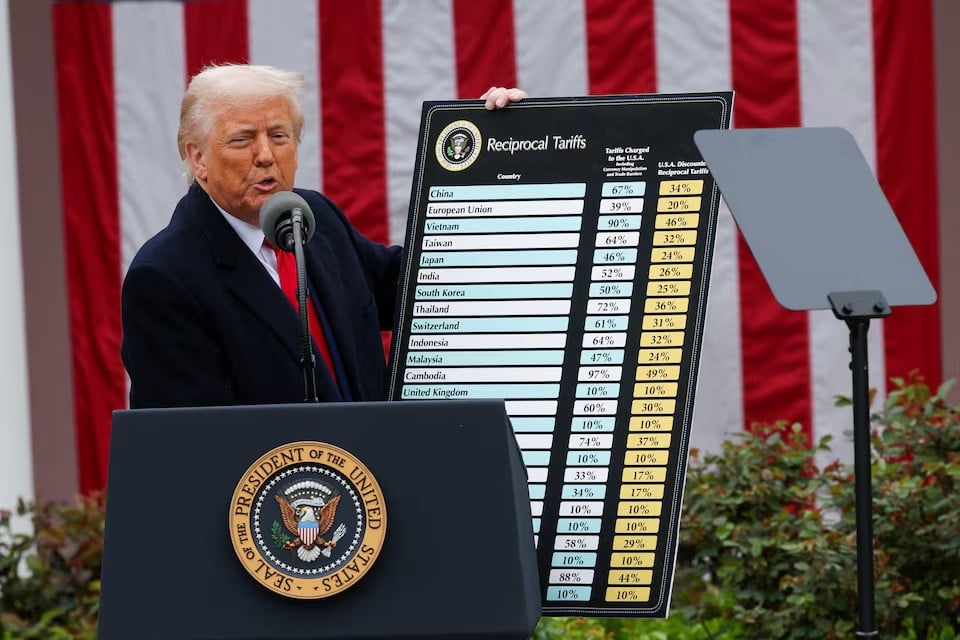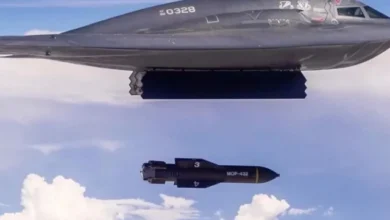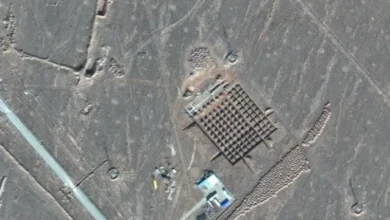US President Donald Trump’s sweeping tariffs on US imports sparked threats of retaliation on Thursday, as companies and governments rushed to count the costs from an escalating trade war that threatens to shake up global alliances.
The penalties announced on Wednesday unleashed turbulence across world markets and drew condemnation from other leaders facing the end of an era of trade liberalisation that has shaped the global order for decades.
Trump said he would impose a 10% baseline tariff on all imports to the United States and higher targeted duties on some of the country’s biggest trading partners, hammering goods from Italian coffee and Japanese whisky to sportswear made in Asia.
Automaker Stellantis said it would temporarily lay off US workers and close plants in Canada and Mexico. China vowed retaliation for Trump’s 54% tariffs on imports from the world’s No 2 economy, as did the European Union, which faces a 20% duty.
South Korea, Mexico, India and several other trading partners said they would hold off for now as they seek concessions before the targeted tariffs take effect on April 9. According to Fitch Ratings, the new US tariffs are the highest in more than a century.
Washington’s allies and rivals alike warned of a devastating blow to global trade. “The consequences will be dire for millions of people around the globe,” EU chief Ursula von der Leyen said. Global stocks tumbled and investors sought safe-haven bonds and gold, as analysts said the tariffs came in higher than expected. US stock markets plunged, with tech and retail stocks especially hard hit.
Imports to the world’s largest consumer market now face an average duty of 22.5%, up from 2.5% last year. Trump says the “reciprocal” tariffs are a response to barriers put on US goods, though his list of targets includes uninhabited Antarctic islands.
Some of the highest increases fell on impoverished countries in Africa. Administration officials said the tariffs would create manufacturing jobs at home and open up export markets abroad, though they cautioned it would take time to see results.
“We know a lot of Americans are worried,” Vice President JD Vance told Fox News. “What I’d ask folks to appreciate here is that we are not going to fix things overnight.”
Economists said the tariffs could reignite inflation, raise the risk of a US recession and boost costs for the average US family by thousands of dollarsa potential liability for a president who campaigned on a promise to bring down the cost of living.
Trump himself has no public events scheduled before he departs Washington for a golf tournament at one of his Florida resorts. “The operation is over! The patient lived, and is healing,” he wrote on social media.
Trump’s new trade barriers target some of its most important geopolitical allies. In Asia, Trump slapped a 24% tariff on Japan and a 25% tariff on South Korea, both home to major US military bases. He also hit Taiwan with a 32% tariff as the island faces increased military pressure from China.
In Europe, Germany’s IW research institute estimated the tariffs would wipe 750 billion euros ($833.63 billion) from the region’s economy. Trump has already upset Nato allies with demands for higher defence spending and potential concessions to Russia in its war in Ukraine.
Germany’s economy minister Robert Habeck suggested closer economic ties with Canada and Mexico. “Opportunities for new alliances are emerging that we should use determinedly and decisively,” he said.
Those two countries, the largest US trading partners, were not hit with targeted tariffs on Wednesday. However, they already face 25% tariffs on many goods and now face a separate set of tariffs on auto imports. Mexican officials said they would continue negotiations with the Trump administration.
Canada, however, has said it needs to overhaul its economy to be less dependent on the United States and has vowed to retaliate to Trump’s tariffs. Canadian Prime Minister Mark Carney said on Thursday he had spoken to German Chancellor Olaf Scholz about strengthening trade ties.







